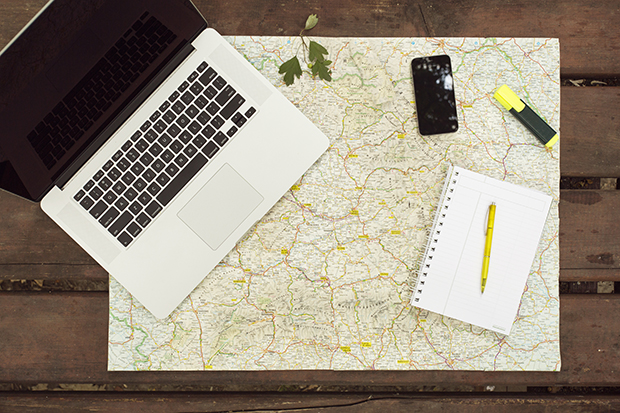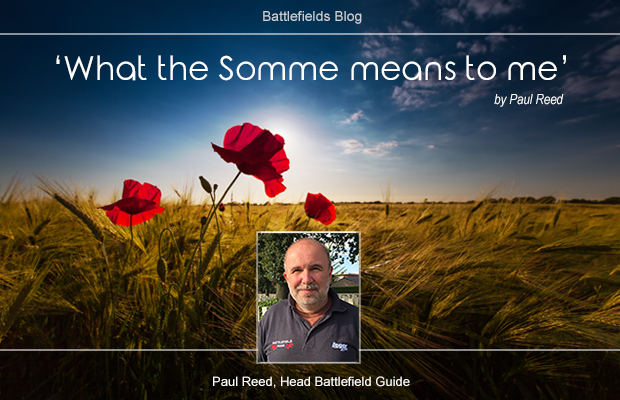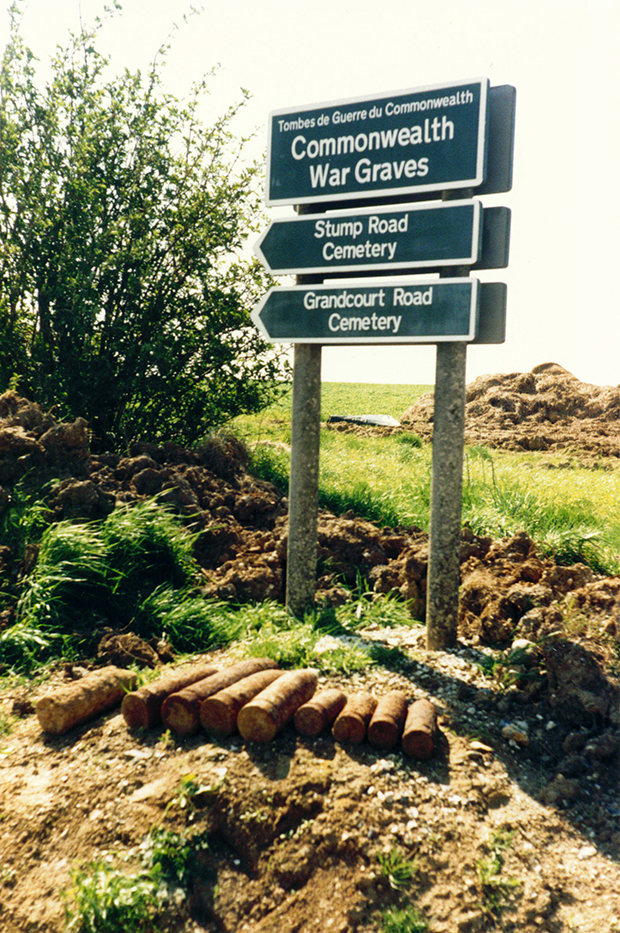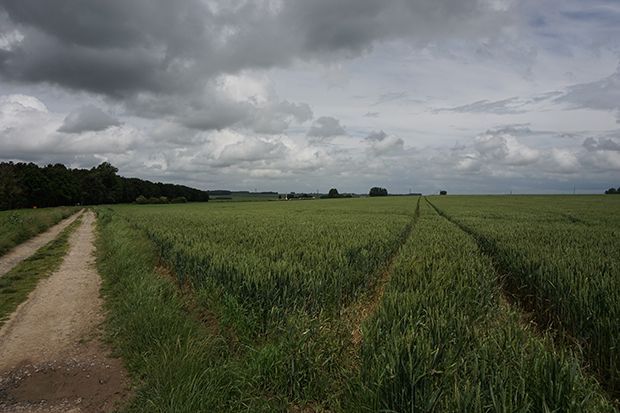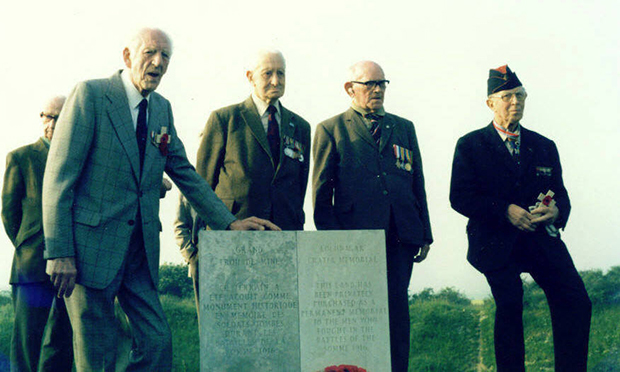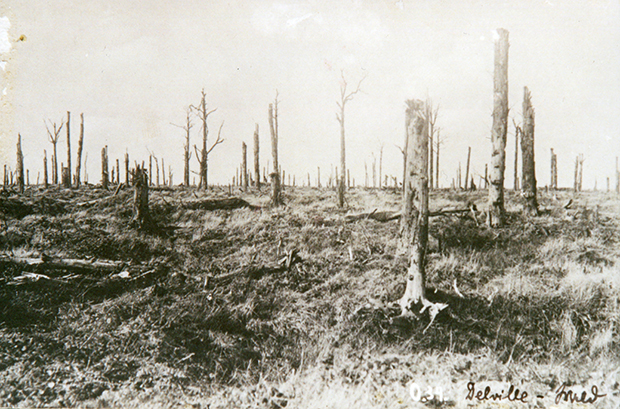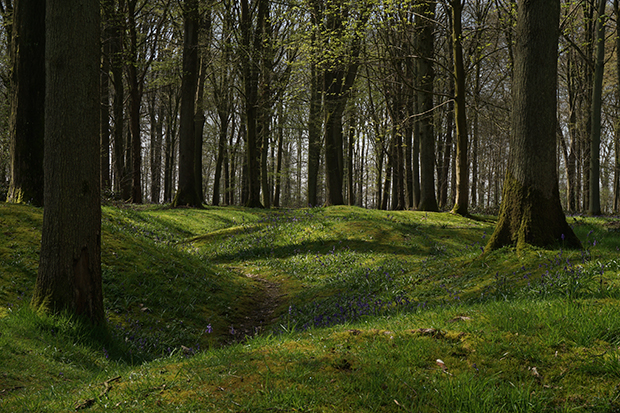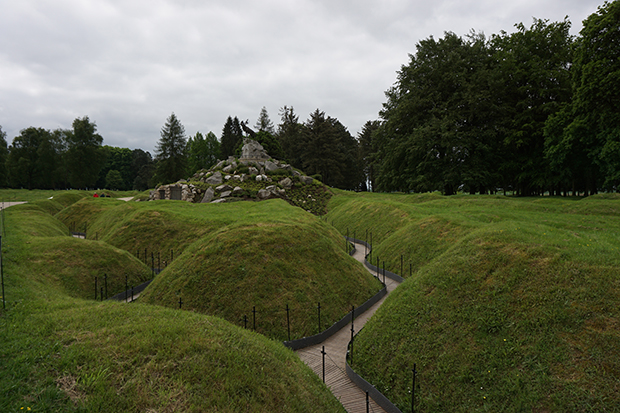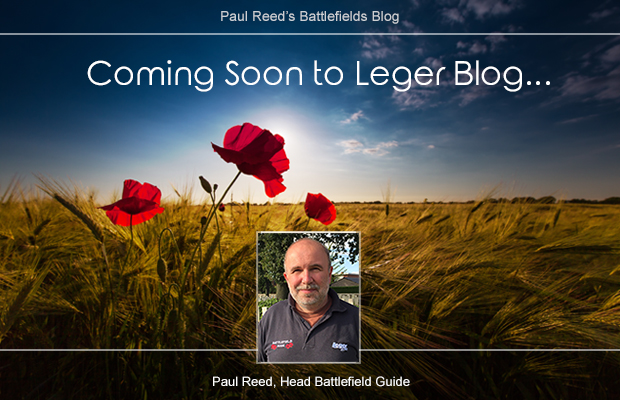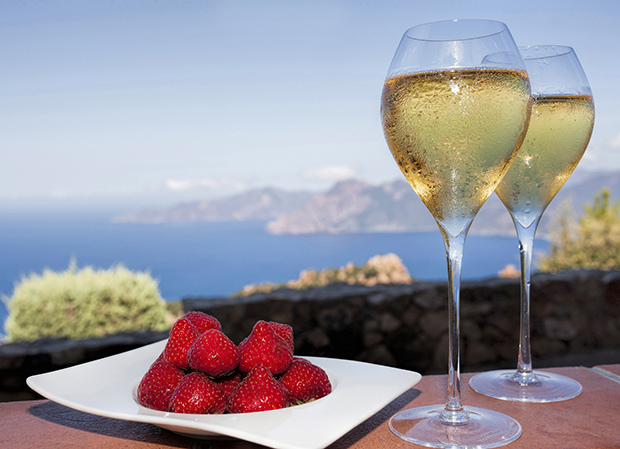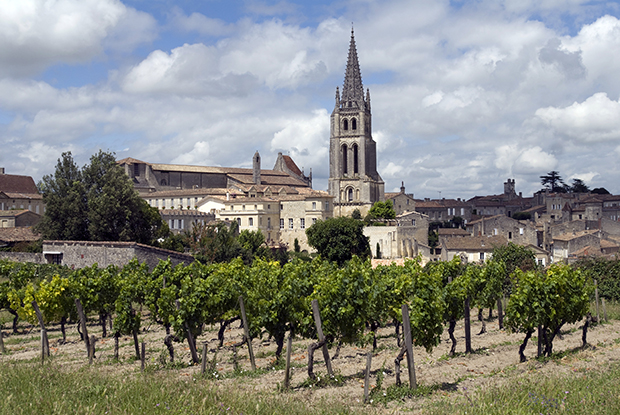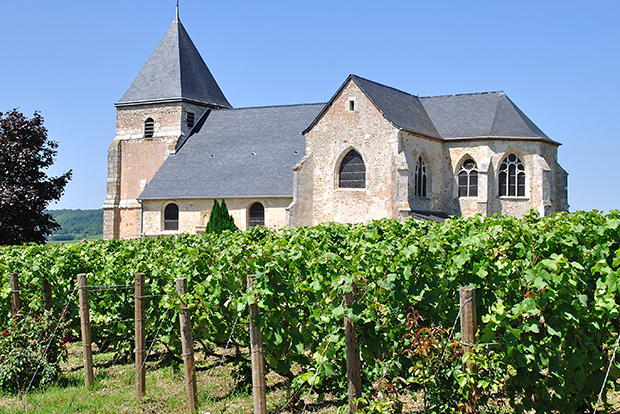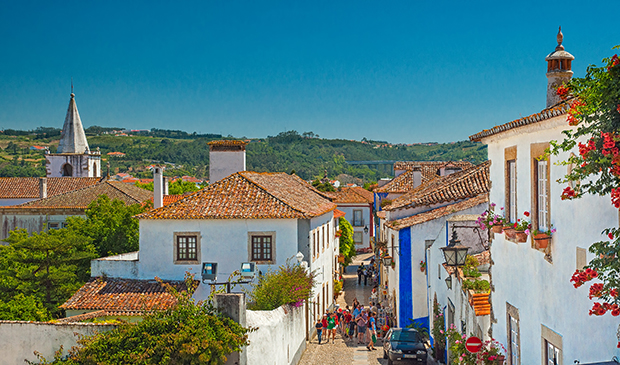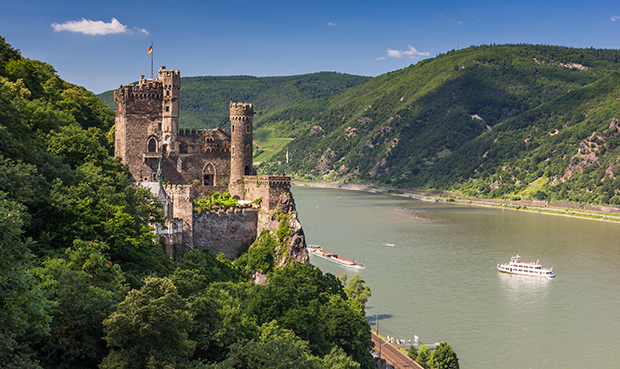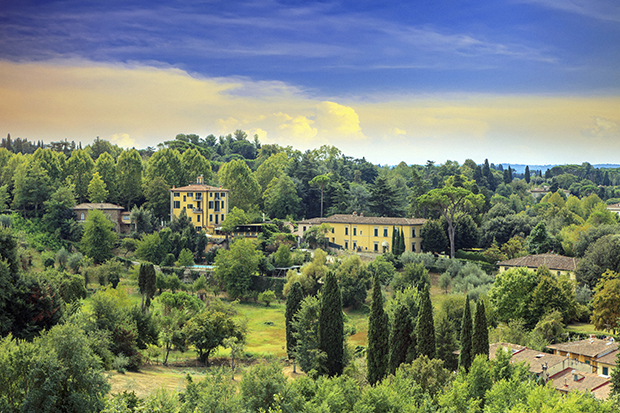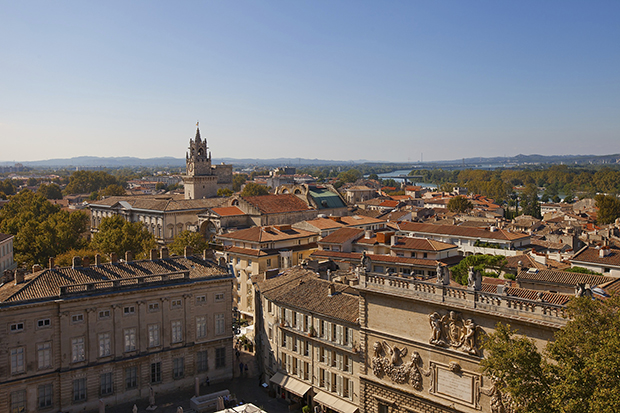The rise of social media means we’re much more likely to share our travelling experiences now, than ever before. From posting pictures or even the odd Facebook boast, we like to let people know what we’re up to.
And, we think it’s a brilliant thing! With 60% of Brits updating their status TEN times whilst on holiday, we certainly have a lot to say.
If you’re happily guilty of being a social sharer, have you considered blogging? We love to post personal accounts from our passengers on this very blog, and if you want to try your hand at travel writing, here are our top tips to create the perfect post.
Don’t be too formal
We know, when you read travel guides, you’re not only left to pick out a few key bits of information from hundreds of pages, but it’s jam packed with big words and industry jargon. It can be slightly overwhelming.
When it comes to blogging, write simply. Write as if you were speaking to a friend, easy to understand language keeps your reader focused, there’s no need to over complicate it.
Keep your sentences and your paragraphs short, and break up your text with sub-headings. When people are taking time to read your piece, make it easy for them to see what’s written within.
Write in first person and past tense
It’s your experience and your story, so write from your perspective. When people are reading travel blogs, they’ll be looking for opinions. What you thought about a certain place, where you would suggest people visit.
Your visit gives your writing credibility, and your reader is there to read about what you got up to, just to see if it’s something they may like too. Don’t feel like it has to be written like a story book. Aim to entertain, not necessarily impress.
Start strong!
You don’t have to recall all of your trip in chronological order, what you want to do is to cherry-pick the best bits of your story.
And, this is no different with your opening paragraph. Let us know what makes your story interesting, grab your reader’s attention, and then, write about your favourite experiences.
A great tip would be to break your blog down into destinations, rather than days. Use sub-headings and let us know if you have any quirky little stories from your visit.
Find your angle
Are you a single traveller heading to unknown lands? Are you heading off on a special pilgrimage with your partner? Maybe, you’re on a journey of discovery? Each can be a unique angle to write from.
Think about what you’d like to have known prior to your trip. Whilst writing can be your hobby, it can also be an information source for others. If you have a reason for people to read your piece, they will.
Mix up your content
Keep your writing light by using photos, treat it like a show and tell. As they say, a picture can tell a thousand words, but it can also enhance your writing.
You will give the reader a better idea of what you’re talking about with visuals as images are easily digested. And, according to Content +, articles with images get 94% more views than those without.
(Be sure to use your own images, though. Pictures found online will, more often than not, be covered by copyright.)
It’s always great to throw in some interesting facts, or quotes from locals, your guides, or your travel companions, too. Keep your readers interested and give them something to take away from your writing.
Have fun writing!
Most importantly, have fun writing your blog. Your enthusiasm and passion for the subject will come across through your writing and make your blog post a pleasure to read.
So, there you have it. Our top tips for travel writing. Are you ready to begin? If you fancy writing a blog post for Leger Blog, send your work over to blog@legerblog.co.uk

